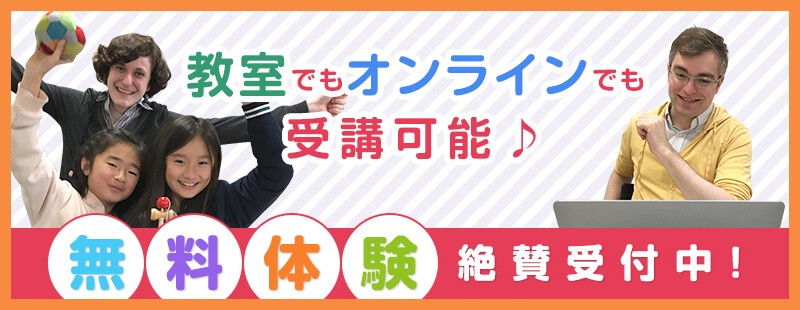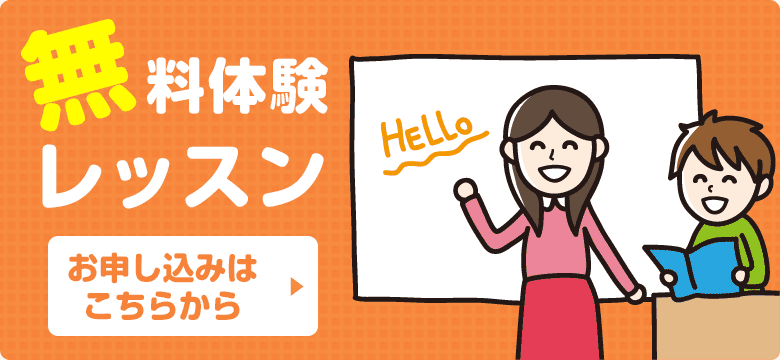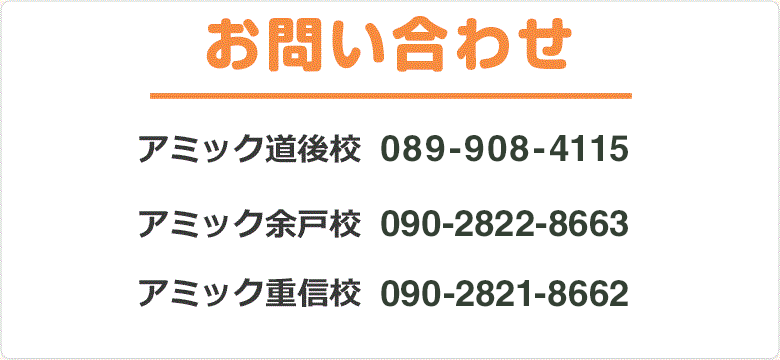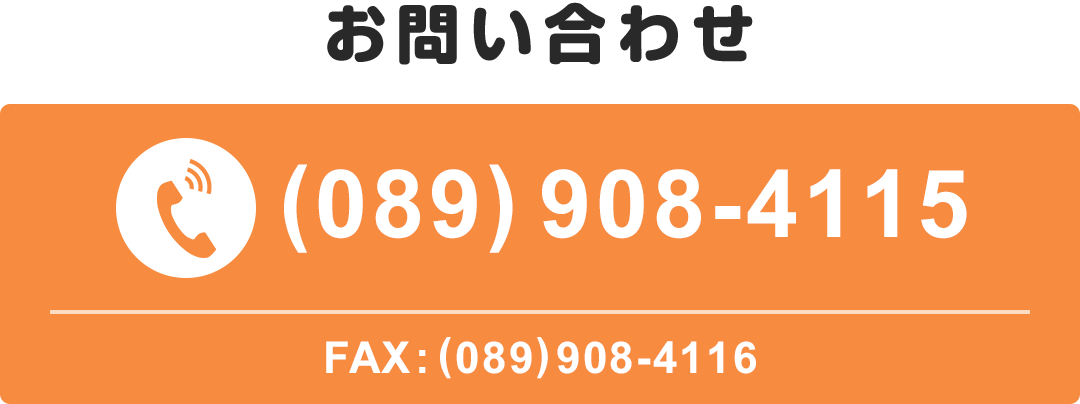英会話・英語 アミック Katakana English
2017/06/14
In Japan, the katakana alphabet is usually used for indicating loan words from other languages. However, be very careful when using them in speech because they may not be used in the same way and more over pronounced differently.
Can you spot the use of katakana English in the phone conversation between a hotel clerk and guest?
Clerk: Good morning, front desk. How can I help you?
Guest: Good morning. I have a claim about my cooler. The rimokon doesn’t work. I think it needs new batteries.
Clerk: We’re sorry about that. I’ll have someone come up and replace it with new ones.
Guest: I also have a request. I’m trying to use my note pasokon, but the consent is different. Do you have an adapter I can borrow?
Clerk: Certainly, sir. Could I please have your room number? I’ll have somebody bring an adapter and batteries to your room as soon as possible.
Guest: Oh, no. That’s okay. I’m going out now. Can I come down in five minutes and pick them up at the furonto?
Clerk: No problem, sir. We apologize for the inconvenience.
Guest: Thank you.
——————————————————————————————————-
Claim – is to say something is the case or is true. The guest should say complaint.
Cooler – is a container for keeping food or bottles cool, or a refrigerator. The guest should say air-conditioner.
Rimocon – is a shortened katakana word for remote control.
Note pasokon – is a shortened loan word for personal computer, but should be called laptop.
Consent – is to have or give permission to do something. In this case the guest should use plug or socket.
Furonto – is a shortened katakana word for front desk. The word reception desk can also be used.
How did you do? Were you able to spot them all?












